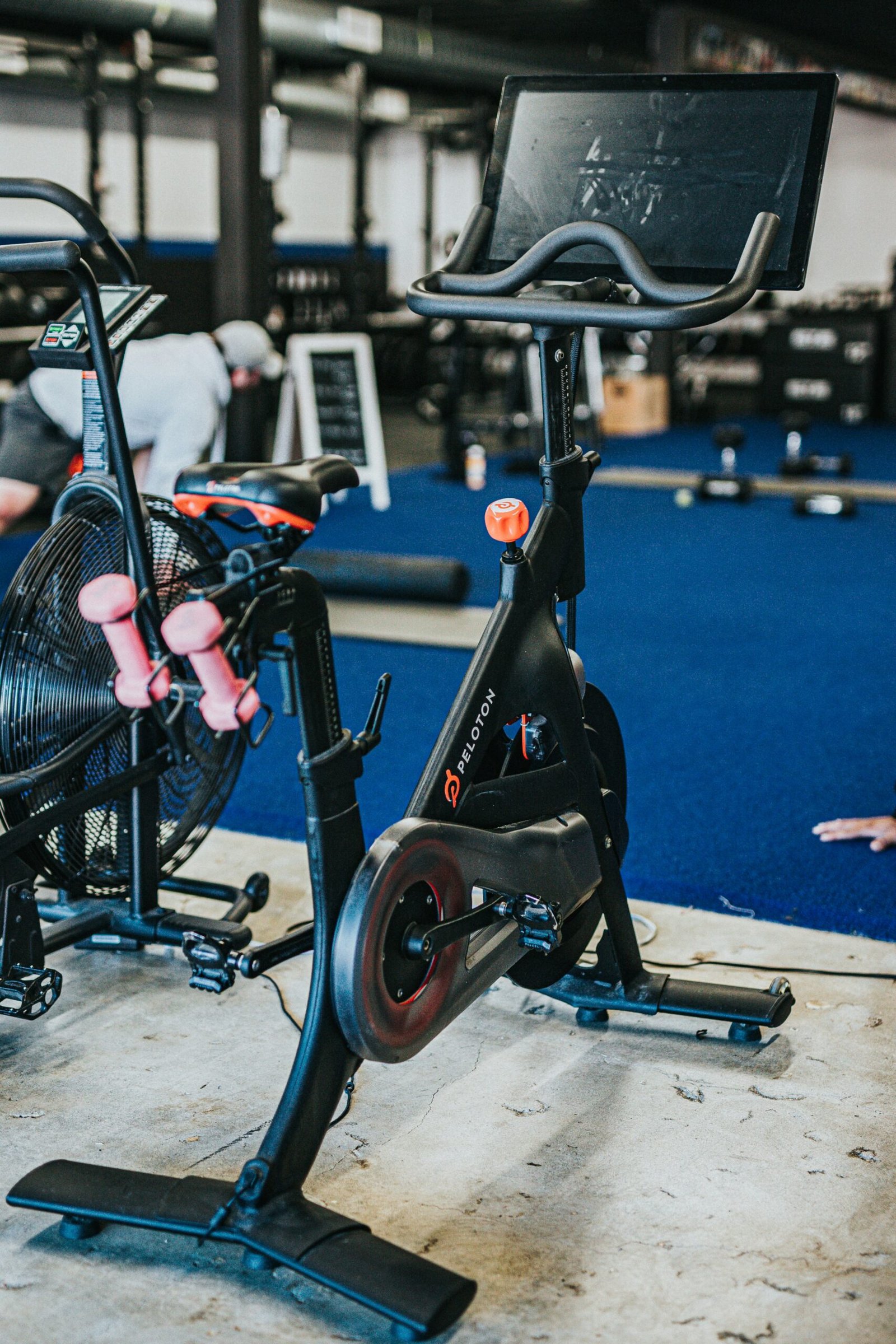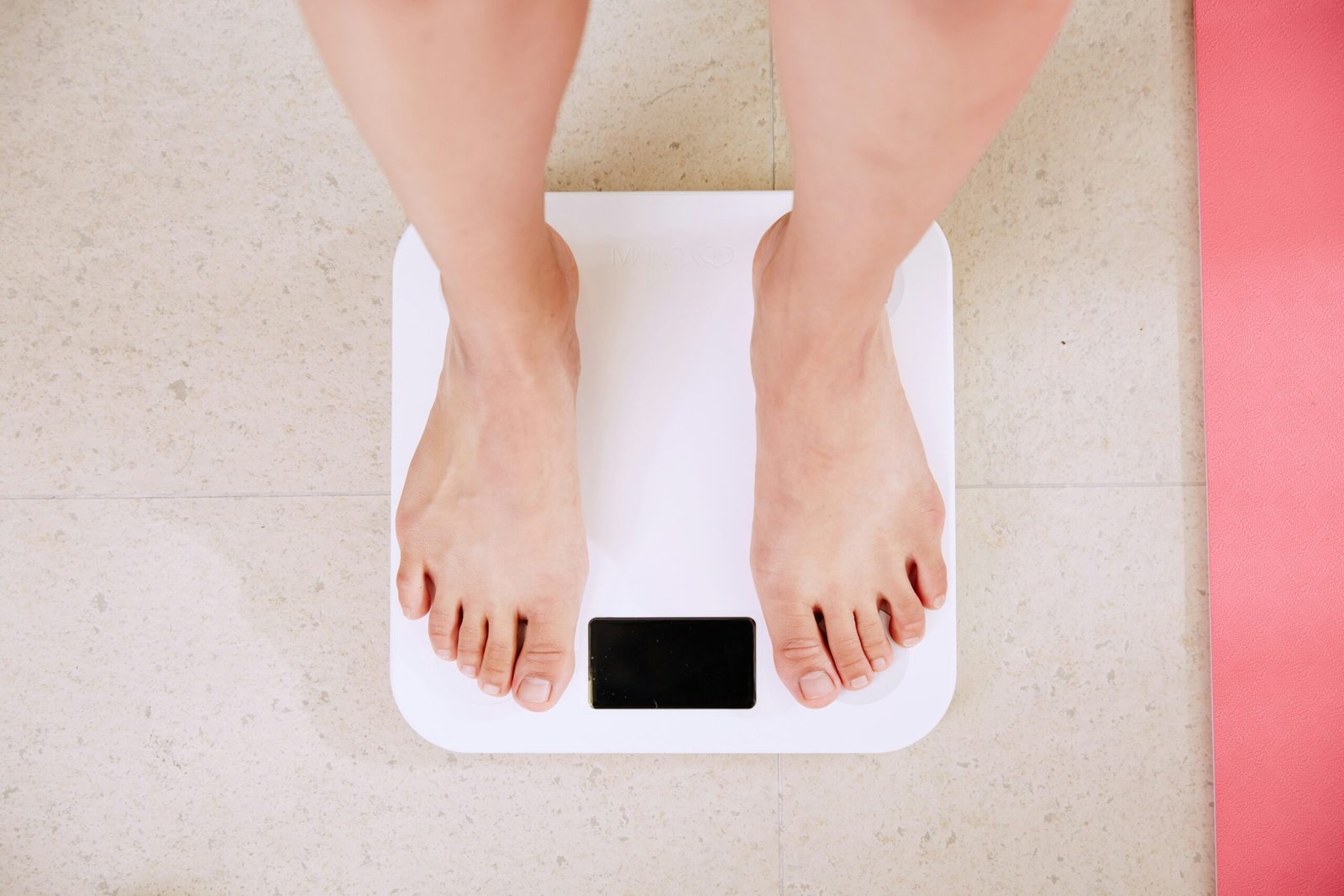
Introduction to Peloton and Its Calorie Calculation
Peloton has swiftly emerged as a game-changer in the realm of home fitness, gaining immense popularity due to its innovative approach to exercise. Offering a blend of high-quality equipment and interactive workout sessions, Peloton has managed to create a global community of fitness enthusiasts. Its appeal lies in the seamless integration of technology and fitness, providing users with an engaging and effective workout experience from the comfort of their homes.
Central to the Peloton experience is the concept of calorie calculation, a vital component for users keen on tracking their fitness progress. The platform employs a sophisticated algorithm to estimate the number of calories burned during each session, helping users tailor their workouts to meet their specific fitness objectives. Understanding how Peloton calculates calories is crucial for users aiming to optimize their workouts and achieve their health and wellness goals.
The calorie calculation process in Peloton workouts involves a range of variables, including the user’s age, weight, gender, and heart rate. By factoring in these elements, Peloton provides a more personalized and accurate estimation of calories burned. This detailed approach ensures that users receive precise feedback, which is essential for effective fitness tracking and planning.
In essence, the ability to accurately calculate calories burned is a significant advantage for Peloton users. It empowers them with the knowledge needed to make informed decisions about their workout routines. Whether the goal is weight loss, muscle gain, or overall fitness improvement, having a clear understanding of calorie expenditure can greatly enhance the effectiveness of one’s exercise regimen.
As we delve deeper into the specifics of Peloton’s calorie calculation methods, it becomes evident that this feature is more than just a number on the screen. It is a vital tool that supports users in their journey towards achieving their fitness aspirations, making Peloton not just a workout platform, but a comprehensive fitness partner.
The Science Behind Calorie Calculation
Calorie calculation is fundamentally the measurement of energy expenditure. Calories represent the energy that our bodies require to perform essential functions, including maintaining homeostasis, digestion, and physical activity. The process of burning calories is a complex interplay of various physiological factors and activities that contribute to our overall energy expenditure.
When we engage in physical activities such as running, cycling, or even walking, our bodies utilize energy to fuel these movements. This energy is measured in calories. The total number of calories burned during an activity depends on several variables including the intensity and duration of the exercise, the individual’s age, weight, gender, and fitness level. For instance, younger individuals typically have higher metabolic rates, meaning they burn calories more quickly compared to older adults.
Weight plays a significant role as well; a heavier person will generally burn more calories performing the same activity than a lighter person because more energy is required to move a greater mass. Gender differences also influence calorie expenditure; men often have a higher muscle mass compared to women, which leads to a higher basal metabolic rate (BMR) and subsequently, more calories burned. Fitness level is another critical factor; those who are more physically fit can perform activities at higher intensities and for longer durations, thus burning more calories.
These factors are integrated into caloric expenditure formulas to provide an estimate of the number of calories burned during various activities. Understanding these variables helps elucidate how Peloton calculates calories, as it leverages this scientific foundation. By inputting user-specific data and monitoring exercise intensity and duration, Peloton’s algorithms can provide a personalized estimate of calories burned, offering users valuable insights into their fitness routines.
Peloton employs a sophisticated blend of hardware and software technology to meticulously track workouts and collect comprehensive data. Central to this system are the sensors embedded within the Peloton bike or tread. These sensors are adept at measuring various metrics such as speed, resistance, and cadence. Speed sensors monitor the rotation of the wheel, resistance sensors gauge the level of difficulty set by the user, and cadence sensors track the rate at which the pedals are turned. This real-time data collection forms the basis for calculating calories burned during a session.
Another critical component in Peloton’s technology suite is the heart rate monitor. This device, often worn as a chest strap or wristband, provides constant feedback on the user’s heart rate. By integrating heart rate data, Peloton can more accurately estimate the calories burned, as heart rate is a vital indicator of physical exertion. This integration is pivotal in how Peloton calculates calories, offering a more personalized and precise measurement compared to generic fitness calculators.
Furthermore, Peloton’s software plays a crucial role in synthesizing the collected data. The software aggregates information from the bike’s sensors and the heart rate monitor, processing it through complex algorithms. These algorithms consider individual factors such as age, weight, gender, and fitness level to refine the calorie count. Additionally, the software allows for real-time feedback and post-workout analysis, enabling users to track their performance over time.
Overall, the seamless interaction between Peloton’s hardware and software ensures that users receive accurate and personalized data. This integration not only enhances the user experience but also provides valuable insights into one’s fitness journey. By understanding how Peloton calculates calories, users can better tailor their workouts to meet specific health and fitness goals.
Algorithms and Formulas Used by Peloton
Peloton employs a sophisticated combination of algorithms and formulas to calculate the calories burned during a workout. The primary data sources integrated into these calculations include heart rate, power output, and the duration of the exercise. By leveraging these inputs, Peloton aims to provide an accurate estimation of calorie expenditure for each user.
Heart rate is a critical component in determining calorie burn. Peloton’s system monitors the user’s heart rate throughout the workout, which provides insight into the intensity of the exercise. The relationship between heart rate and caloric burn is well-documented, and higher heart rates generally indicate a higher rate of energy expenditure.
Power output, measured in watts, is another vital metric. Peloton calculates power output by considering the user’s resistance level and cadence (pedaling speed). This measurement reflects how much physical work the user is performing. Higher power outputs correlate with greater energy expenditure, thus contributing to the overall calorie calculation.
The duration of the exercise session is also factored into the formula. Longer workouts naturally result in higher calorie burns due to sustained physical activity. Peloton combines the duration with heart rate and power output to provide a comprehensive view of the calories burned.
Peloton also employs proprietary methods and algorithms to enhance the accuracy of their calculations. These methods may include machine learning techniques and data analytics to refine and personalize the calorie estimates based on individual user profiles. Personal factors such as age, weight, sex, and fitness level are considered to tailor the calculations further, ensuring that they are as accurate and relevant as possible.
In essence, Peloton’s approach to calculating calories burned is a multifaceted process that synthesizes various data points. By utilizing advanced algorithms and proprietary methods, Peloton strives to deliver precise and personalized calorie burn estimates for its users.
Personalization and User Input
Peloton’s approach to calorie calculation is rooted in personalization, leveraging user-specific data to provide more accurate and individualized results. A critical step in this process is the setup of a comprehensive user profile, where individuals input vital information such as their age, weight, and gender. This data forms the foundation upon which Peloton tailors its caloric calculations, ensuring that the metrics reflect the unique characteristics of each user.
The importance of accurate user input cannot be overstated. Age, for instance, plays a significant role in determining basal metabolic rate (BMR), which is the number of calories the body needs at rest to maintain vital functions. Similarly, weight is a crucial factor, as heavier individuals typically burn more calories than lighter individuals during the same activity due to the additional energy required to move a larger mass. Gender also influences metabolic rates and energy expenditure, with males generally having a higher muscle mass, leading to increased caloric burn compared to females.
By incorporating these personal details, Peloton’s system can calculate a more precise estimate of calories burned during a workout. The platform uses algorithms that consider the interplay between these factors, adjusting the caloric output to better match the user’s physiological profile. For example, a 30-year-old male weighing 180 pounds will have a different caloric expenditure than a 45-year-old female weighing 140 pounds, even if they undertake the same exercise routine. This tailored approach ensures that users receive feedback that is both relevant and actionable, helping them to better understand their fitness progress and make informed decisions about their health and wellness journeys.
Understanding how Peloton calculates calories through personalized user input highlights the sophistication of the platform’s approach. By prioritizing accurate and individualized data, Peloton ensures that users can trust the information they receive, ultimately enhancing their overall fitness experience.
Comparing Peloton’s Calorie Calculation to Other Fitness Platforms
When evaluating how Peloton calculates calories, it is essential to understand the broader context by comparing it to other popular fitness platforms and devices. Peloton employs a combination of metrics, including heart rate, power output, and user-specific data such as weight and age, to estimate calorie expenditure. This multifaceted approach aims to provide a more accurate reflection of the user’s efforts and energy expenditure during workouts.
In comparison, other fitness platforms like Fitbit and Apple Watch also utilize similar data points but often incorporate additional sensors and algorithms. For instance, Fitbit’s devices make use of accelerometers, heart rate monitors, and even GPS tracking to calculate calories burned. The inclusion of GPS allows for a more detailed analysis of outdoor activities, such as running or cycling, by considering factors like distance and elevation changes. Apple Watch, on the other hand, integrates its proprietary algorithms with heart rate data and motion sensors to estimate calorie burn, also taking into account the user’s resting metabolism.
Garmin’s fitness devices are another notable comparison, as they often target more performance-oriented athletes. Garmin utilizes advanced metrics such as VO2 max, training load, and recovery time, in addition to heart rate and GPS data, to provide a comprehensive view of calorie expenditure. This makes Garmin’s approach particularly useful for users engaged in structured training programs and endurance sports.
While Peloton’s method of calculating calories is robust, it does have some limitations. Unlike some competitors, Peloton’s platform does not currently integrate GPS data, which can be a disadvantage for users who engage in outdoor activities. However, Peloton’s focus on indoor cycling and fitness classes means that its calorie calculations are highly optimized for these scenarios. Additionally, the ability to sync with external heart rate monitors can enhance the accuracy of Peloton’s calorie estimates.
Overall, while Peloton offers a reliable method for calculating calories, it is crucial to consider the specific needs and preferences of the user. Each fitness platform has its strengths and weaknesses, and understanding how Peloton calculates calories in the context of other devices can help users make informed decisions about their fitness tracking tools.
Accuracy and Limitations
Understanding the accuracy of Peloton’s calorie calculations is crucial for users who rely on this data to inform their fitness routines. Peloton employs a sophisticated algorithm that takes into account various factors such as user weight, age, gender, workout intensity, and duration to estimate calorie burn. While this method offers a reasonably accurate estimate, it’s important to note that no calorie tracking system can be 100% precise.
Several factors can affect the accuracy of Peloton’s calorie calculations. One common issue is incorrect user data. If the personal details entered into the Peloton profile are inaccurate or outdated, the calorie estimates will be skewed. For instance, a discrepancy in weight or age can lead to significant variations in the calculated calorie burn. Ensuring that user data is kept up to date can help in achieving more accurate results.
Technical issues can also play a role in the accuracy of calorie tracking. Sensors and equipment might occasionally malfunction or provide inconsistent data, impacting the overall calculations. Additionally, the algorithm itself, while sophisticated, is based on generalized data and may not account for individual metabolic variances or unique physiological factors such as muscle mass or fitness level.
Users often express concerns or misconceptions regarding the accuracy of calorie tracking on Peloton. It’s essential to understand that the provided numbers are estimates rather than exact measurements. For those seeking more precise data, coupling Peloton’s metrics with other fitness tracking tools like heart rate monitors or metabolic tests might offer a more comprehensive view.
To ensure more accurate calorie tracking, users should regularly update their personal information on their Peloton profile. Additionally, investing in compatible external devices like heart rate monitors can provide supplementary data to enhance the reliability of the calorie calculations. Keeping the equipment well-maintained and calibrated also contributes to more consistent and accurate performance metrics.
Maximizing Calorie Burn with Peloton
To maximize your calorie burn during Peloton workouts, it is essential to focus on optimizing intensity, duration, and variety in your exercise routine. Understanding how Peloton calculates calories can help you tailor your workouts to your fitness goals effectively.
Firstly, increasing the intensity of your workouts can significantly boost calorie expenditure. This involves pushing yourself to higher resistance levels and maintaining a faster cadence. Peloton’s metrics, such as output and heart rate, can guide you to ensure you are working within your target heart rate zone, where calorie burn is maximized. Incorporating high-intensity interval training (HIIT) sessions can also lead to greater calorie burn in a shorter period.
Secondly, extending the duration of your workouts can further enhance calorie burn. While shorter, high-intensity sessions are effective, longer workouts allow for sustained calorie expenditure. Aim to gradually increase the length of your rides or combine multiple shorter sessions to accumulate more active minutes over the week.
Variety is another key factor in maximizing calorie burn. Peloton offers a diverse range of classes, from cycling and running to strength training and yoga. By mixing different types of workouts, you engage various muscle groups and prevent your body from adapting to a single exercise regimen. This variation not only keeps your workouts interesting but also ensures a comprehensive approach to fitness, promoting overall calorie burn.
Using the calorie data provided by Peloton can help you set and achieve fitness goals effectively. Track your progress over time and use the data to identify patterns and areas for improvement. Set realistic, incremental goals to keep yourself motivated and on track. For instance, aim to increase your weekly calorie burn or improve your performance metrics.
Consistency is crucial in achieving and maintaining fitness goals. Regularly engaging with Peloton workouts and monitoring your progress can lead to significant health benefits. Stay motivated by celebrating small victories and recognizing your progress. Remember, the key to long-term success lies in persistence and a positive attitude towards your fitness journey.








